As restrictions begin to ease and the possibility of travel grows increasingly closer, Iceland stands out as one of the best-bet ‘green light’ countries with low case numbers, a solid vaccination programme, and flexible entry requirements. It also happens that summer is one of the best times to visit the country with 24 hours of daylight in some areas, not to mention warmer and drier weather. The flight from London to Reykjavik takes just over three hours, making it a great option for a long weekend. Here are some ideas for how to spend your time in the naturally socially distanced land of fire and ice.
Outdoor Spas
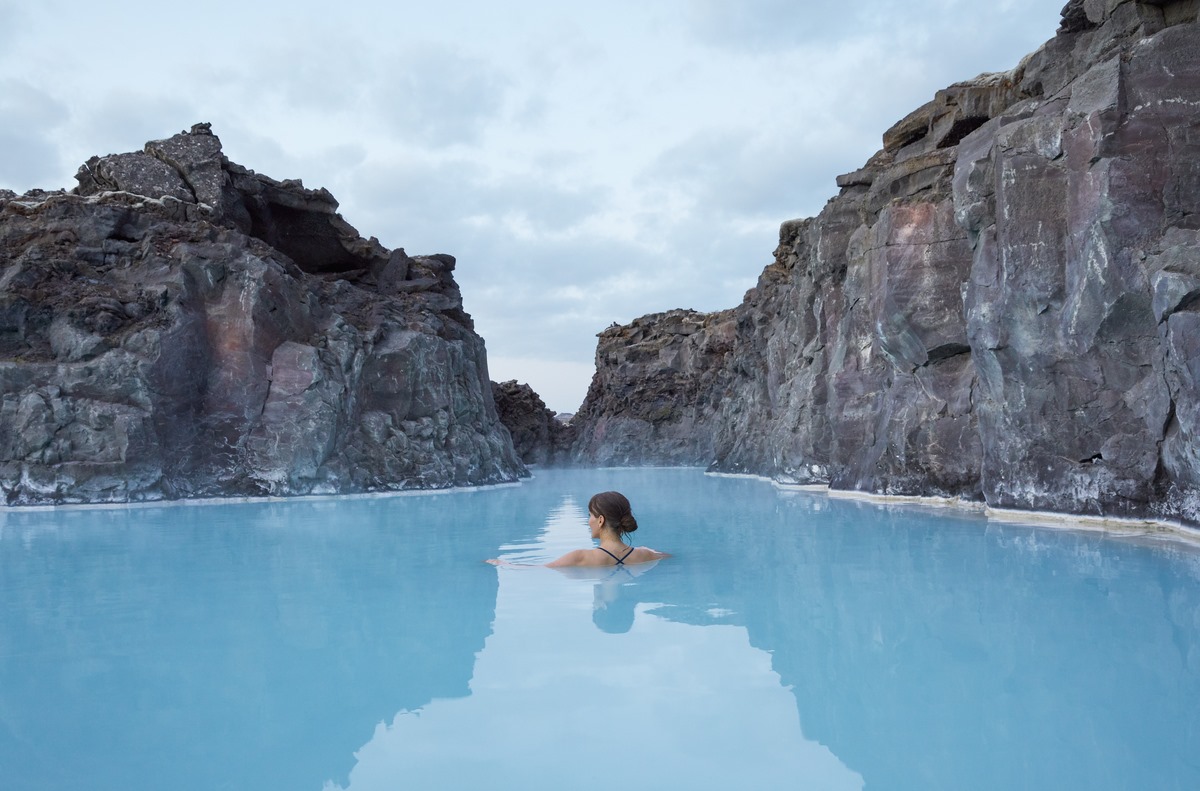
Thanks to its dramatic North Atlantic climate, Iceland is a near-mystical land of wild natural wonders that will soon have you belting out the Frozen soundtrack at the top of your lungs.
The Blue Lagoon, located in an otherworldly UNESCO Global Geopark and lava field, is one of Iceland’s biggest tourist attractions, but don’t let its popularity put you off— there are ways to get around the crowds.
To have the best and most private experience at this National Geographic ‘wonder of the world’, skip the day pass to the busy public Blue Lagoon; and instead, check into a one-of-a-kind hotel with a focus on space and seclusion. The Retreat at Blue Lagoon (+354 420 8700; bluelagoon.com) is an all-suite luxury hotel with all of the benefits of the Blue Lagoon but none of the crowds. Along with luxurious, roomy suites, guests also get free, unrestricted access to a private section of the Blue Lagoon that’s only open to those staying at the hotel. For the ultimate private dip in the medicinal, milky blue geothermal waters, The Retreat even offers four suites with personal lagoon pools—how’s that for social distancing?
To add to the surreal experience of the silica-rich geothermal hot spring, book a Morning Floatation session – a guided aquatic spa treatment which takes place in a secluded area of The Retreat’s lagoon before it opens to the public. In addition to these Morning Floatation sessions, you can also book an utterly unique In-Water Massage, where natural mineral oils are massaged onto the skin while you float.
Elsewhere in Iceland, there are other hot springs to try. Visit the Reykjadalur hot spring in the town of Hveragerði; the romantic the Landbrotalaug hot spring on the starkly beautiful Snæfellsnes Peninsula; or the Hveravellir hot spring, which is surrounded by glaciers.
Culture
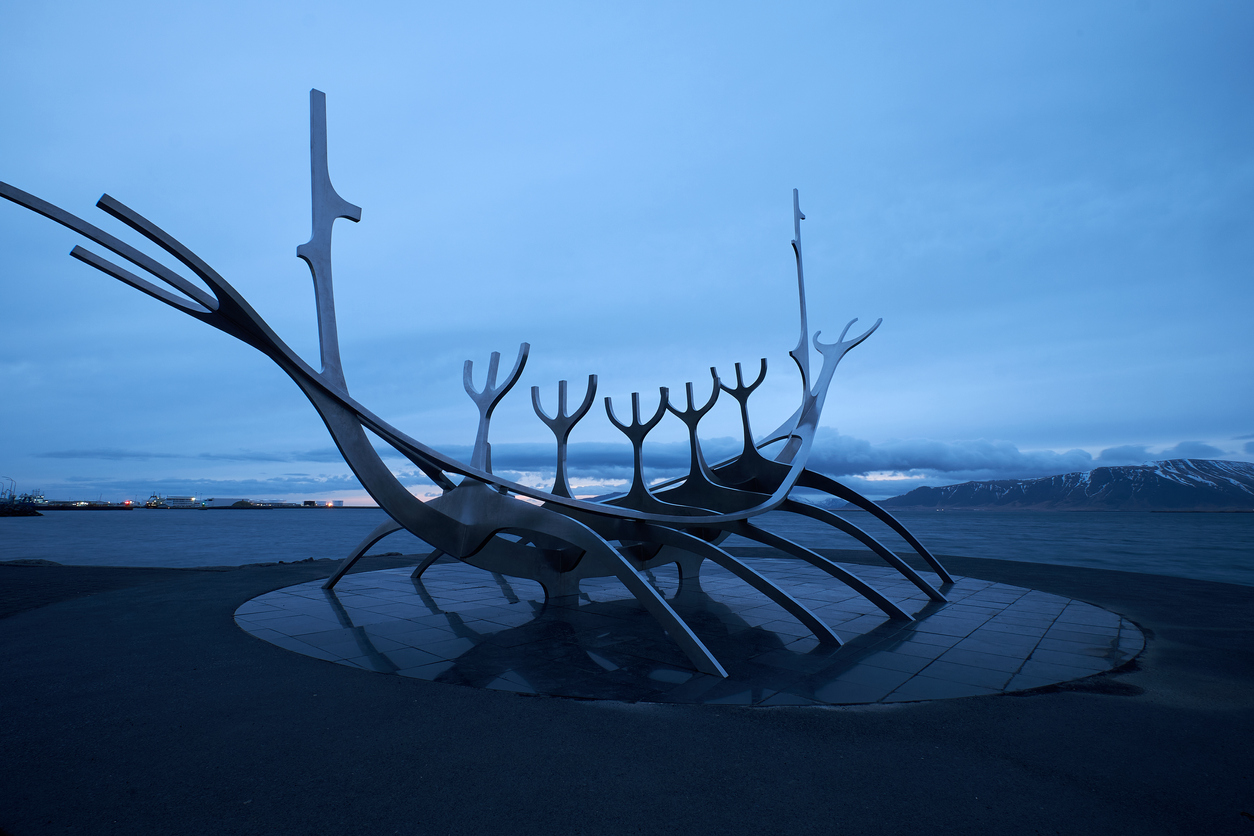
Though Scandinavia is often praised for its trendy design scene, the Nordics as a whole (Iceland, Sweden, Norway, Denmark, and Finland) possess a similarly fascinating-meets-functional aesthetic that takes stylistic cues from the natural world. Iceland’s traditional glit pottery (also known as lava ceramics) is a perfect example of this: it is made by mixing volcanic lava into clay to create a rough and distinct texture. Created in collaboration with the Icelandic Museum of Design & Applied Art, The Retreat has an incredible collection of gilt lava ceramics on display in its lobby – over 1,600 pieces are on display in rotation.
Contemporary sculpture and architecture feature prominently in Iceland, especially in Reykjavik. One of the city’s most famous works of art is the Sun Voyager sculpture by Jón Gunnar Árnason, which— though often mistaken for a Viking ship— is actually an ‘ode to the sun’. The Ásmundur Sveinsson Sculpture Museum, part of the Reykjavik Art Museum, has plenty of al fresco artwork to enjoy. The museum is dedicated to the work of West Icelandic artist, Ásmundur Sveinsson, and there are over 30 sculptures to view in the gardens of the museum, which was once the artists’ home and studio.
Entry to the museum is included in The Reykjavík City Card, a cost-effective tourist pass that provides access to some of the city’s best cultural institutions, such as the Maritime Museum, dedicated to Iceland’s (surprisingly cutthroat) seafaring heritage, and the Settlement Exhibition, a subterranean museum constructed around Viking ruins dating back to the 10thcentury. The city card also grants you free unlimited travel via the city’s bus network and also includes a ferry trip to Viðey Island, which is just 20 minutes off the coast of Reykjavik but feels untouched. Pack a picnic and enjoy the serenity or check out the Imagine Peace Tower, a stone monument and live light installation (during certain parts of the year) created by Yoko Ono as a memorial for John Lennon.
Nordic Eats
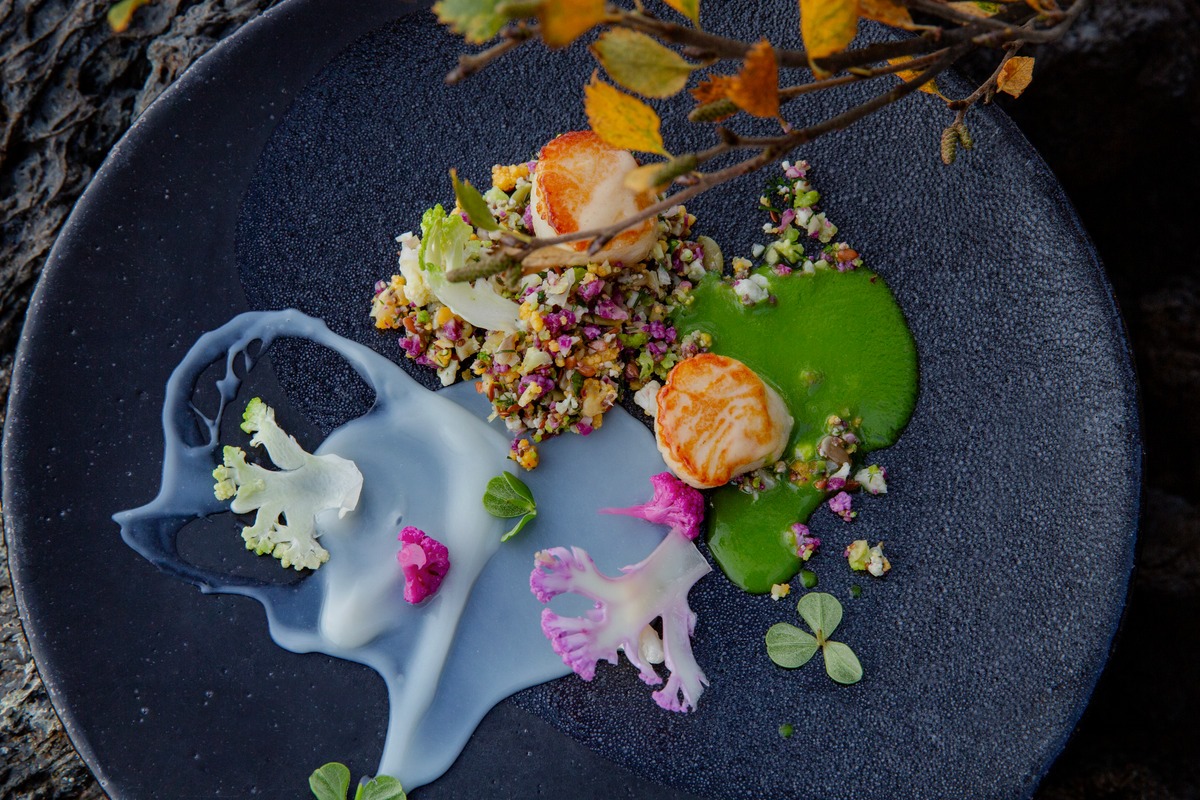
Largely thanks to Copenhagen’s Noma, which has shot the city into the gastronomic spotlight, Nordic cuisine is having a moment. There are some Nordic flavours — like ocean-fresh arctic char; wild berries and wood-smoked meats — that should not be missed on your trip to the region. For a cutting-edge representation of the gastronomic movement, go for the seven-course tasting menu at the chef’s table of Iceland’s much-lauded and Michelin-recommended Moss Restaurant. The pièce de résistance is the rare lamb smoked in a log over sprigs of fir. Also, ask to see the wine cellar, located 12 metres under the earth in an 800-year-old lava cave.
Beyond its distinct flavour profile, New Nordic cuisine is also characterised by sustainability, seasonality, and locality. In Iceland, this mode of eating is so much more than a fad; it’s a way of life that has always existed. For a very traditional Icelandic experience, try the rye bread at the geothermal bakery at Laugarvatn Fontana. The dough is baked outdoors, buried in sand, for 24 hours, and then served with ultra-creamy Icelandic butter (from grass-fed Icelandic cows) and smoked trout.

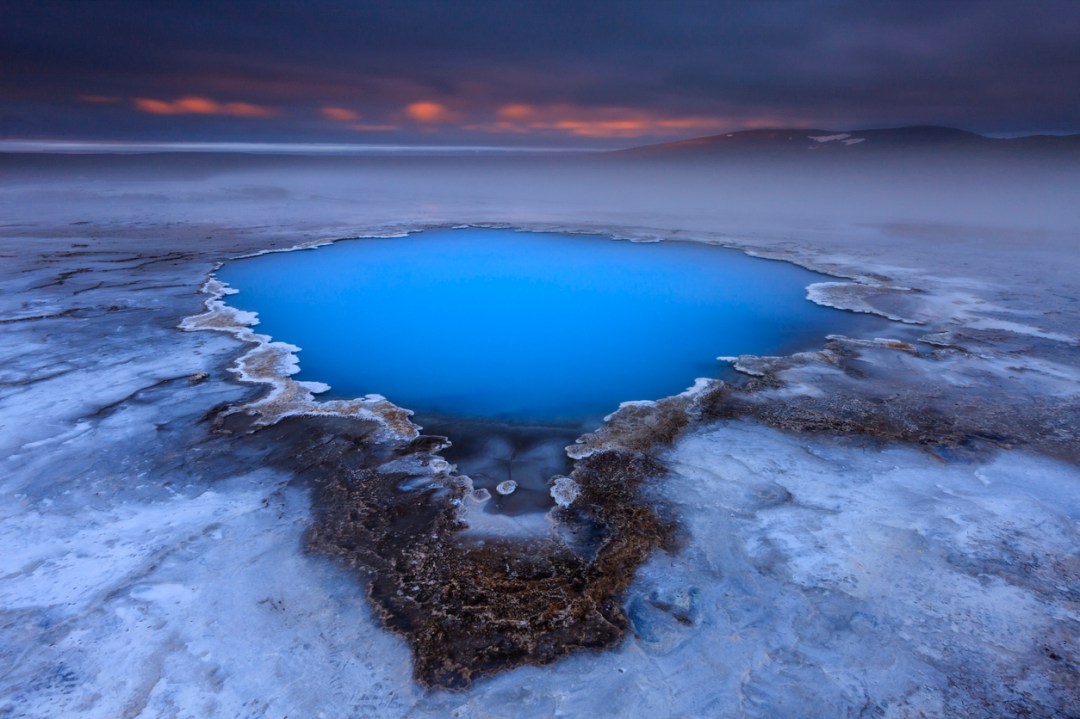
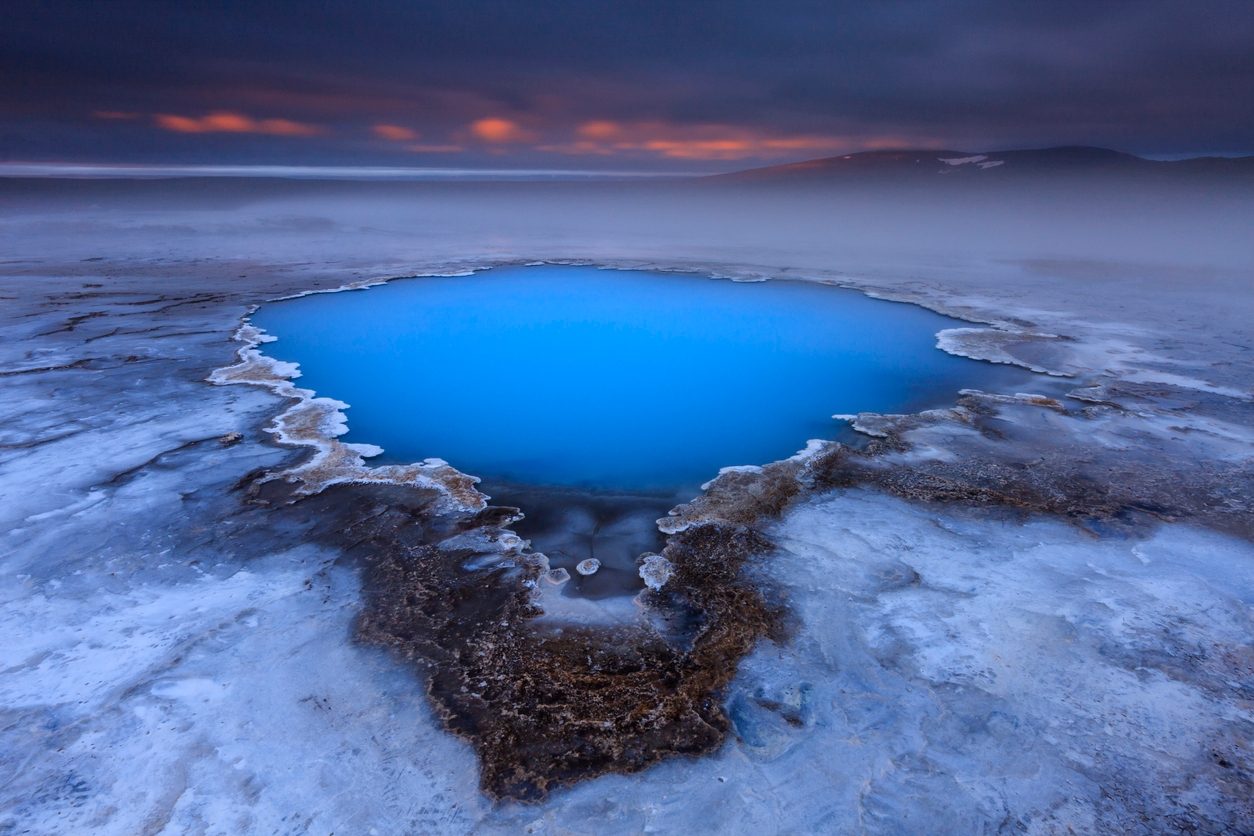




Comments